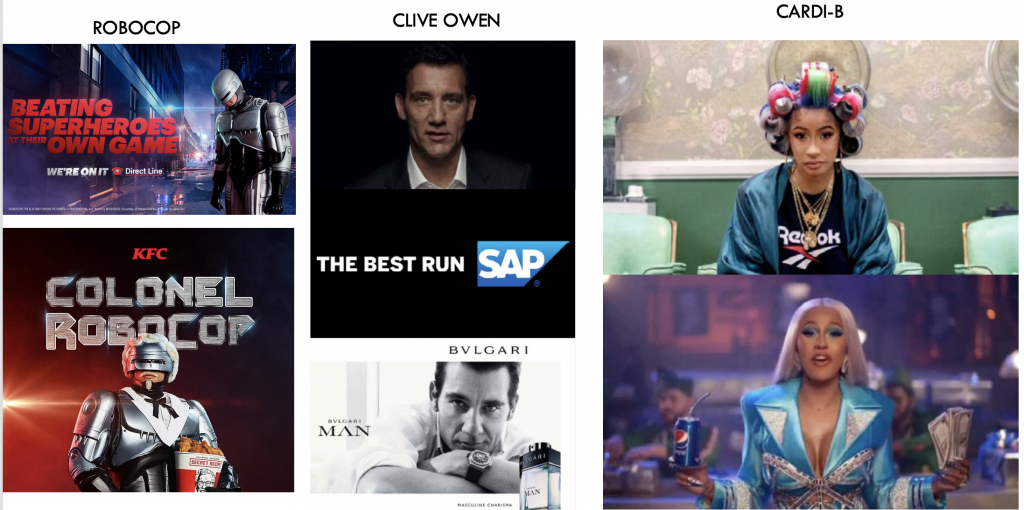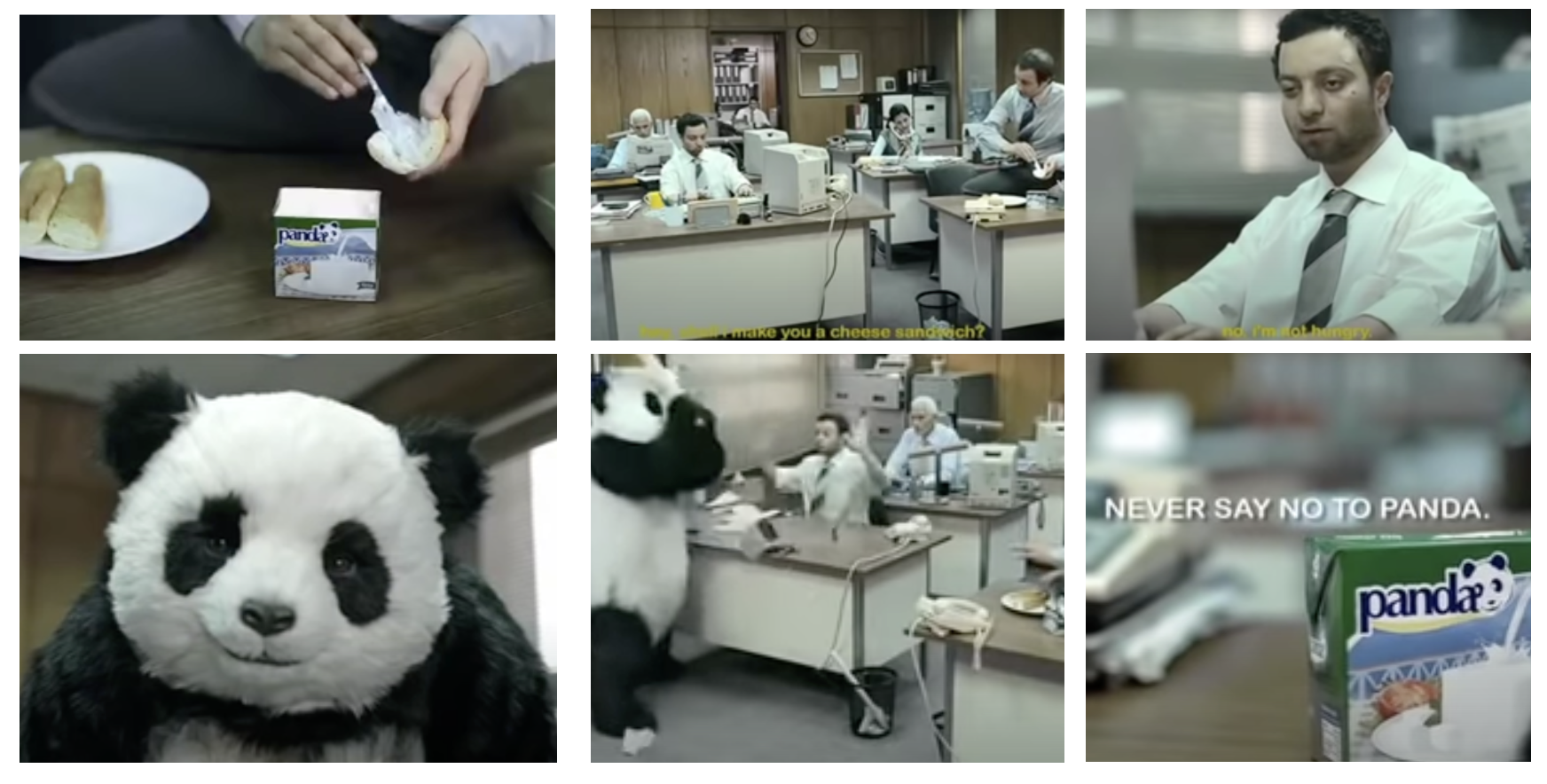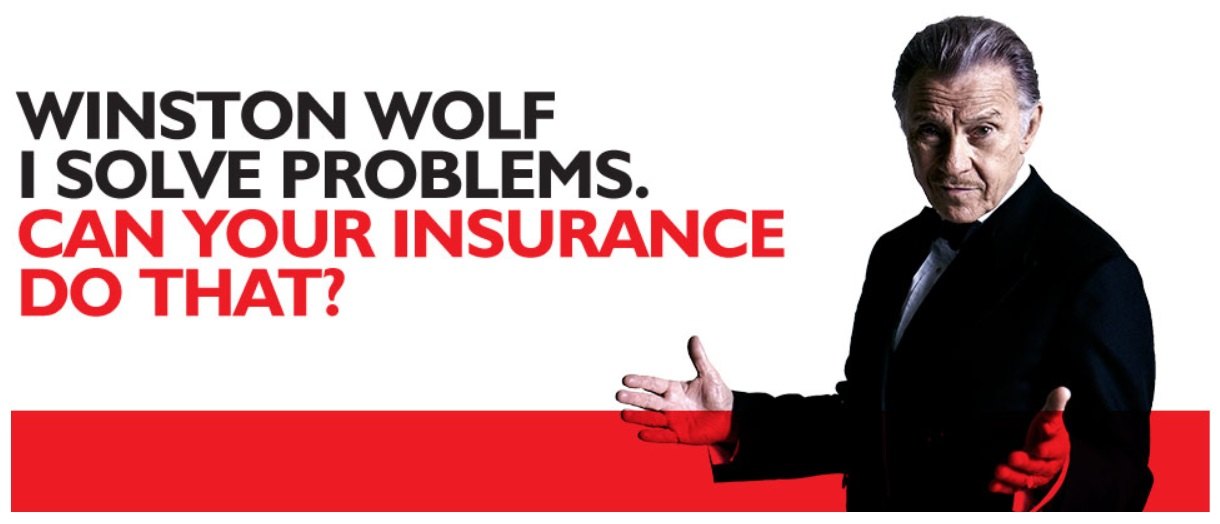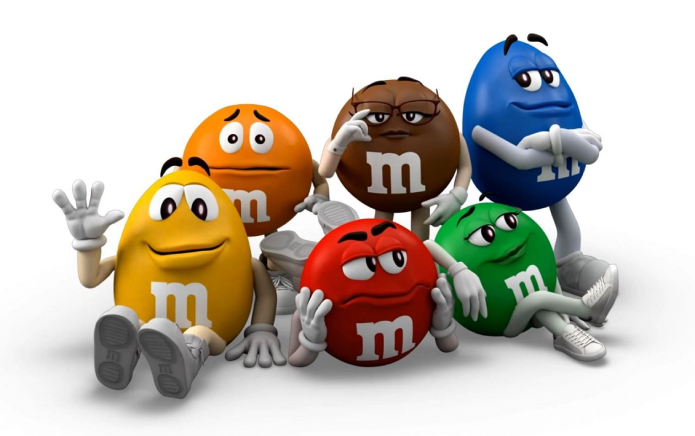Brand characters are the second most effective form of distinctive brand asset, beaten only by jingles, according to research by brandgym partner agency Distinctive BAT (see below) (1). This confirms learning shared in a previous post here, which showed characters were second only to sonic branding in terms of effectiveness.

Characters have several advantages in addition to pure effectiveness, especially when compared to the alternative of celebrities:
- Cost effective: a brand has to pay big bucks for a celebrity. With a character, you can create one that requires no fees, such as such as Churchill’s dog we posted on here. Or you can use a character played by less famous actors, such as Captain Birds Eye and the Milk Tray Man we posted on here.
- Ownable: your costly celebrity is probably also endorsing another brand or brands, diluting your distinctiveness (see examples below). In contrast, your character works for you alone.
- Enduring: celebrities get old, or do something daft or get a better offer from another brand. Characters, on the other hand, can last for years, decades or even more than a century, such as the Quaker Oat Man.
So, having seen the potential advantages of creating a character for your brand, what are some of the tips for doing this effectively?

1. Amplify across the whole mix
Aldi’s Kevin the Carrot was the pick of the crop of character assets use in Christmas advertising in Distinctive BAT testing (2). A whacking 86% of people recognised Kevin with 70% correctly attributing the asset to Aldi (see Kevin top-right in the chart below). “The character was embedded in multiple ways, not just in their seasonal advertising but also with plush toys and dedicated social media channels,” observed Distinctive BAT.

2. Combine characters with other asset types
Distinctive BAT report uses the example of Panda, a cheese brand from Egypt I posted on here a few years ago. The brand’s communication shows people turning down the chance to eat some Panda cheese. This provokes the appearance of the pissed off panda that represents the brand who goes on to reek havoc. If you don’t know the campaign, it is worth checking out as it is bloody funny. The YouTube compilation of Panda ads has a staggering 39 million views! (3)
What is particularly smart is how the brand combines their character with other forms of brand asset to help reinforce memory encoding. First, the communication harnesses the most effective form of brand asset: sonic branding. The campaign consistently uses the song True Love Ways by Buddy Holly & The Picks. Second, the slogan, “Never say no to Panda”, integrates the panda too. It also cleverly encourages people to use the brand. Finally, the panda character is used on the pack, helping shoppers spot the brand quickly and easily on the shelf.

3. Stick with your characters
Direct Line brought used a character to bring to life their brand personality: a “fixer who executes without fuss, then gets out of your life”. The brand and their agency Saatchi & Saatchi hired actor Harvey Keitel to re-create his Winston Wolf character from the cult movie Pulp Fiction, as I posted on here. The brand used the character consistently over multiple years, creating ‘fresh consistency’ that boosted effectiveness, driving brand and business growth

4. Keep your characters fresh
The challenge with brand characters, as with all brand properties, it to balance consistency, to build on and reinforce memory structures, with freshness to stay relevant for today. Captain Birds Eye is a perfect case of a brand team battling to get this balance right, as I posted on here.
The first version lasted 21 years, before an ill-fated attempt move to a younger, clean-shaven, cooler looking Captain featuring Sex and the City star Thomas Pescod. The Captain is supposed to be an experienced, sea-farer who knows a thing or two about fish, and this younger version lacked credibility. Consistency was restored from 2002 to 2016, with a silver-bearded Captain (though the 2016 version looks a bit old and out-dated). Then 2018 saw a re-launched Captain played by Riccardo Acerbi, an Italian actor and watersports enthusiast who grabbed the headlines for his sex appeal! This feels like the perfect balance of freshness and consistency.

5. Bring your product to life
One of the most effective form of character is when you bring the product itself to life. M&M’s have done this successfully, “creating an intrinsic link between execution and brand,” as Distinctive BAT observe (1). The wise cracking red and yellow M&M’s are most often used, though a whole cast of additional characters has introduced freshness and talkability.

In conclusion, characters can be an effective and cost efficient way to drive distinctiveness and create cut-through, especially when combined with other assets and amplified consistently, across the mix and over time.
SOURCES
